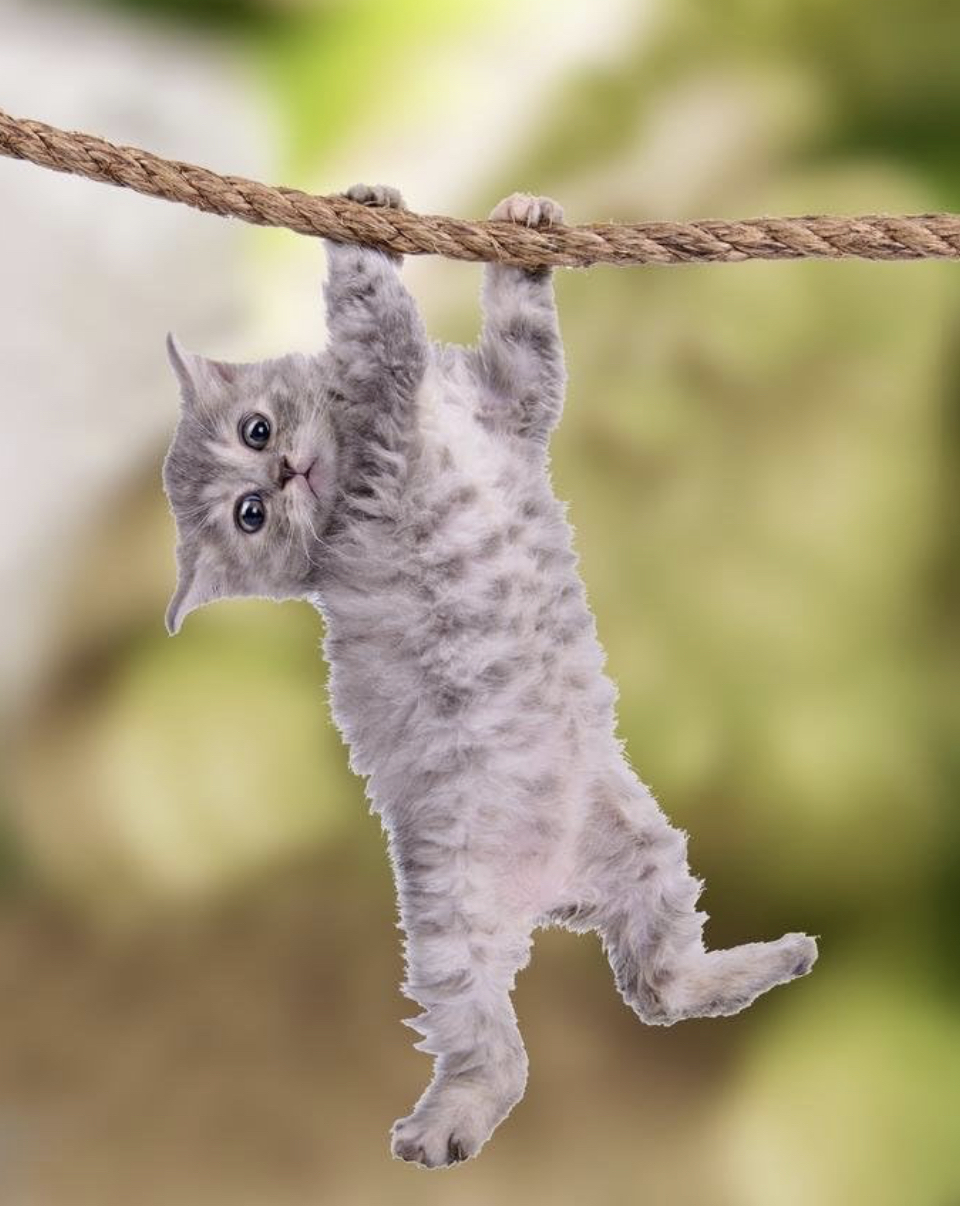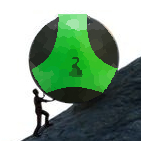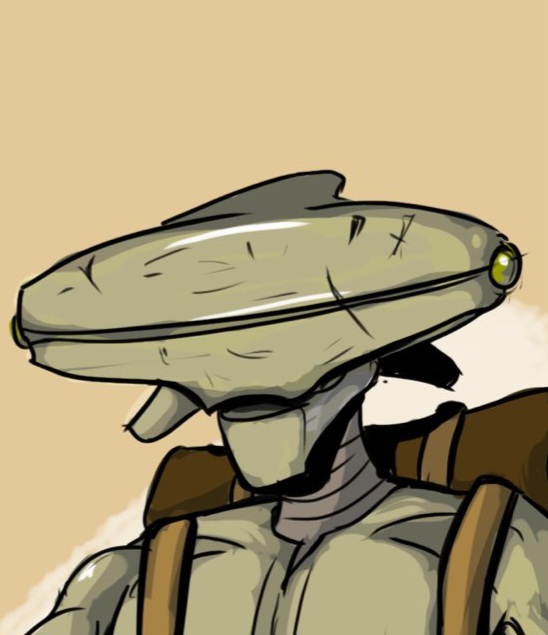Permanently Deleted
No there’s nothing wrong with sit-ups, you can just easily bruise your tailbone/spine if you’re trying them on a hard surface rather than something padded. If you just want to tighten your obliques (the side bits) you should work on rotational exercises though. I’d suggest using your kettlebell to do Russian twists. Also probably bicycle crunches where, from lying on your back with hands on your head, you bring your knee to your chest and then twist your opposite elbow over to touch it. There’s less of that range of motion that puts pressure on your lower spine like in a sit-up because you’re only crunching the upper abs, but it will still work the obliques really well
Here’s a fitness blog that I actually find useful and less bro-sciencey than most fitness sites. They make a great point that ab routines aren’t really necessary if you’re doing heavy compound lifts like squats and deadlifts as they work your core about as well as a dedicated core workout, but it doesn’t sound like that’s applicable here so maybe just grab some of the exercises they discuss in the post.
Yeah I bought a half exercise ball that works great as a padded platform for crunches, now I just need the discipline to use it regularly
I want abs damn it
Situps and related exercises aren't terrible but I've read somewhere you're better off doing static core exercises like planks.
I usually do a combination of static and dynamic core exercises.
but I don’t know what to believe when it comes to online info
Tbh I think the whole fitness industry is still quite immature and it'll be quite a while before the science really converges on a well defined consensus regarding these things. Just keep eating protein and lift things (or yourself), you'll be fine.
They aren’t recommended due to the stress they put on your back. From Stuart McGill’s textbook, Low Back Disorders:
The traditional sit-up imposes approximately 3,300 N of compression on the spine (Axler and McGill, 1997).
Further, the spine is very flexed during the period of this load (McGill, 1998). The National Institute for Occupational Safety and Health (NIOSH) (1981) in the United States has set the action limit for low back compression at 3,300 N; repetitive loading above this level is linked with higher injury rates in workers, yet this is imposed on the spine with each repetition of the sit-up!
Many recommend performing sit-ups with the knees bent, the theory being that the psoas is realigned to reduce compressive loading, or perhaps the psoas is shortened on the length–tension relationship so that the resulting forces are reduced. After examining both of these ideas, we found them to be untenable.
The psoas does not change its role from a flexor to an extensor as a function of lordosis—this interpretation error occurred from models in which the psoas was represented as a straight-line puller. In fact, the psoas follows the lordotic curve as the lumbar spine flexes and extends. Further, it is true that the psoas is shortened with hip flexion, but its activation level is higher during bent-knee sit-ups (Juker, McGill, Kropf, and Steffen, 1998), not lower as has been previously thought. This is because the hip flexion torque must come from somewhere, and the shortened psoas must contract to higher levels of activation given its compromised length.
Given that the sit-up imposes such a large compression load on the spine, regardless of whether the leg is bent or straight, the issue is not which type of sit-up should be recommended. Rather, sit-ups should not be performed at all by most people. Far better ways exist to preserve the abdominal muscle challenge while imposing lower spine loads. Those who are training for health never need to perform a sit-up; those training for performance may get better results by judiciously incorporating them into their routine.
He also noted that more than one exercise is needed:
Quantitative data have confirmed that no single abdominal exercise challenges all of the abdominal musculature while sparing the back (Axler and McGill, 1997).
Instead, he recommends a set of three core exercises (the so-called “big three”). There are many videos demonstrating the, e.g. here.
They're pretty pointless IMO. Even if they're performed correctly its just hard to argue for ever doing the exercise because there's just so many others that are better by nearly any definition you want to use. If you do want to do them, be sure not to plant or weigh down your feet at at all. Doing so encourages you to use your legs to lift yourself up rather than fully engaging your core.
Honest though: I'd skip the situps and just do planks. If you want more movement there's also leg raises and oblique twists.
Paloff presses or some other anti-rotation exercise will get you a lot farther.
Oh hell yeah ive done those and theyre a lot more comfortable than situps especially when you're congested or whatever
Situps have pretty much been supplanted in my workouts by various kinds of crunches that all target their individual areas better: Reaching crunch, side crunch, bicycle, Russian twist, V crunch, etc. For my money the most effective all around single ab strength movement is the jackknife.
But not all ab exercise has to come from ab workouts specifically. The abs and glutes are big stabilizer muscles in the chain of movement that starts at you feet. Next time you're say, doing some standing dumbbell curls, flex your abs and butt to straighten your spine and correct your form. You'd be surprised how much extra burn you can get that way.
Also do lots of roundhouse kicks if you want that natural V
Source- was a small time kickboxer turned fitness trainer
Turkish get ups are a great kettlebell/dumbbell full body exercise that hits the core hard
I'd recommend hollow body crunches instead of sit ups, way less strain on your lower back.






